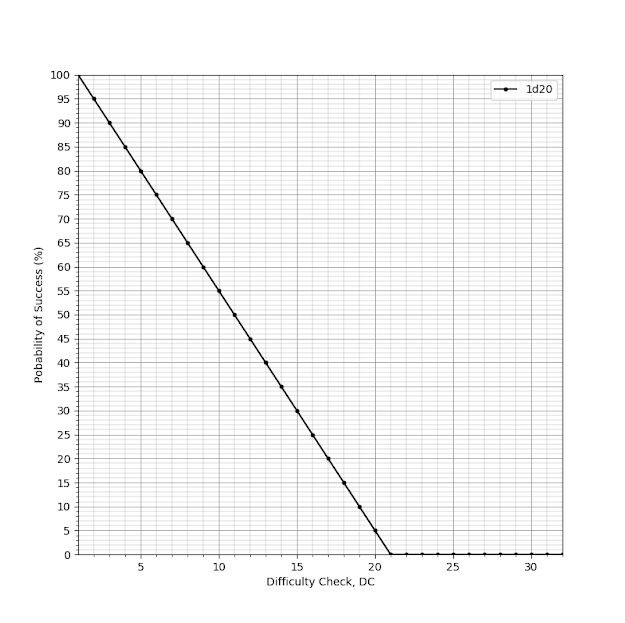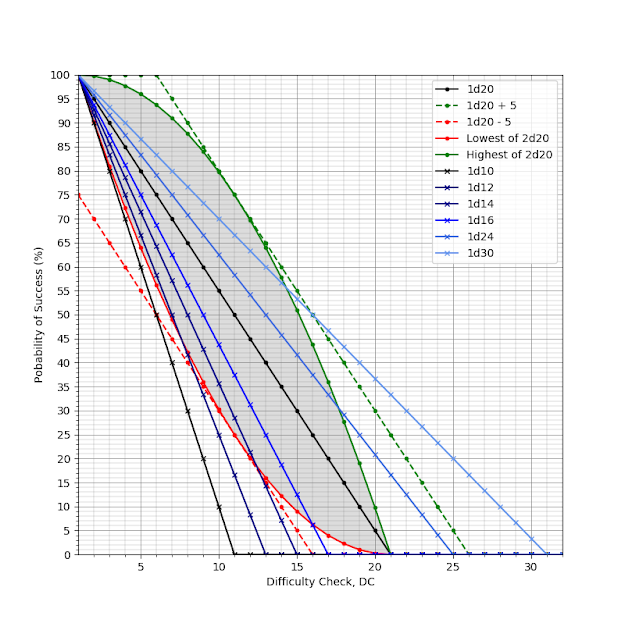I've just recently realised that opposed checks, also known as contests in 5e, are weird in terms of probability. Two characters roll an ability check against each other, and the highest roll wins. In normal ability checks you roll equal or higher a DC, but here you roll higher, equal or lower. Higher you win, equal its a draw, and lower you lose.
Sometimes there is no way of narrating a draw. If a PC is trying to keep a door closed as a monster is trying to open it. What would a draw be? The door gets neither open or closed? Let's then rule that the active person (the attacker) always has the prerogative of winning a draw in the contest, as it is for an attack action, or normal ability check. The monster trying to open the door succeeds if it rolls equal or higher the PC.
In opposite rolls, the dice have much more weight than the ability modifiers. If a player with strength modifier -3 rolls 20 to hold the door, the contesting monster has low chance of beating it, even if it has strength modifier +4. The super strong monster has 12-in-20 chance (60%) of being barred by the apparently helpless PC.
 |
| Difference of dice rolls in opposed checks. |
We can count how many times a higher difference between 2 d20 occurs higher or equal the modifier differ in the matrix above. The colour scale may help us to differentiate the values. Then we can use this count to obtain the probability \(\frac{count}{20\times 20}\), and compare it with the probability of a simple ability check, where \(DC = 10 + \text{[defence modifier]} \), like an attack roll.
\[ \text{[attack d20]} + \text{[attack mod]} \geq 10 + \text{[defence mod]} \]
 |
| Comparing the probabilities of contests and ability checks. |
The probability ability check is a linear curve, whereas the probability of the opposed check is a sigmoid. In both cases, the attacker (opening the door) has advantage over the defender (holding the door), when they are equally strong, i.e., [attack mod] - [defence mod] = 0. However, this advantage is of 5% for ability check against 2.5% for opposed check. The sigmoid is also quite linear around [attack mod] - [defence mod] = 0. Up to [attack mod] - [defence mod] ± 3, both curves are almost parallel. Yet, further away, the curve of the opposed check softens, decreasing the weight of the modifiers in the contest roll. Instead of being almost impossible to hold the door against a storm giant, it is just a little bit more difficult than holding it against an ogre.
Conclusion
Ability check, like an attack roll, represents better a contest situation than opposed check. It is also the standard classical roll of D&D combat.


















